
In a moment of computational confusion, where Mr. Wolfram himself is contemplating the complexity of Mathematica I'm stealing a moment to write and share the beauty of the classroom.
We've had some introductions to Mathematica and the Wolfram language. Looked a little bit at some things that are coming in the future (with Wolfram and offshoot companies) and then heard about our homework, choosing and analysing a pet Cellular Automaton (CA). Who wouldn't want their own pet CA? Personally I'd love to have one knitted into a scarf, subtle geek all the way, and yes, that is a mission for later in this class.
But for the time being we're learning about what is possible with Mathematica, and once again been exposed to the importance of talking with colleagues to work through problems, something Mr. Wolfram has been doing for the last hour, taking suggestions from the audience as to the appropriate pieces of code to use. As a novice coder, I'm pretty stoked to see this, you are allowed to ask for help!
The most interesting thing I've found today, was that they're looking into education, particularly coding education, and how that can be achieved. It's always exciting to see people thinking beyond their comfort zone of the theoretical. So I'll be looking to track down an ear to chew about that.. definitely an exciting element of the whole thing. But now, we're at the end of 11 hours of lectures..
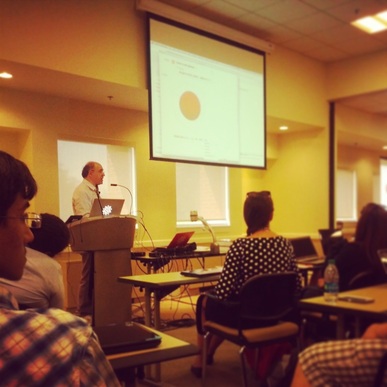
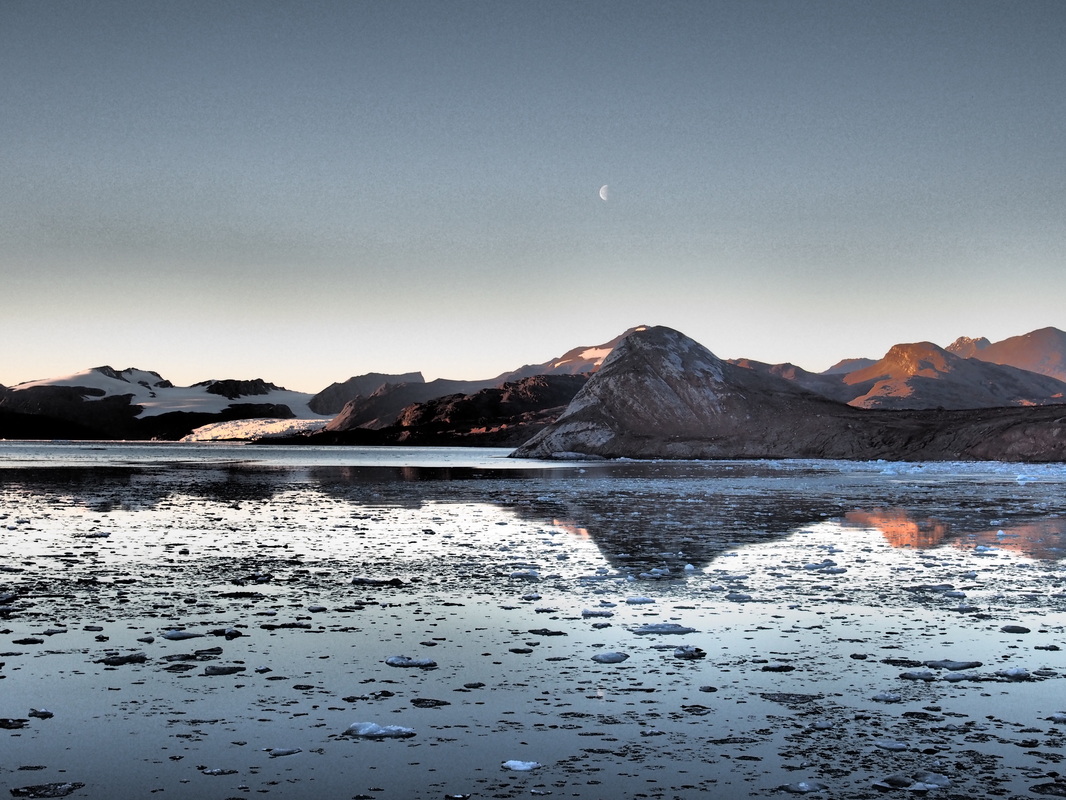
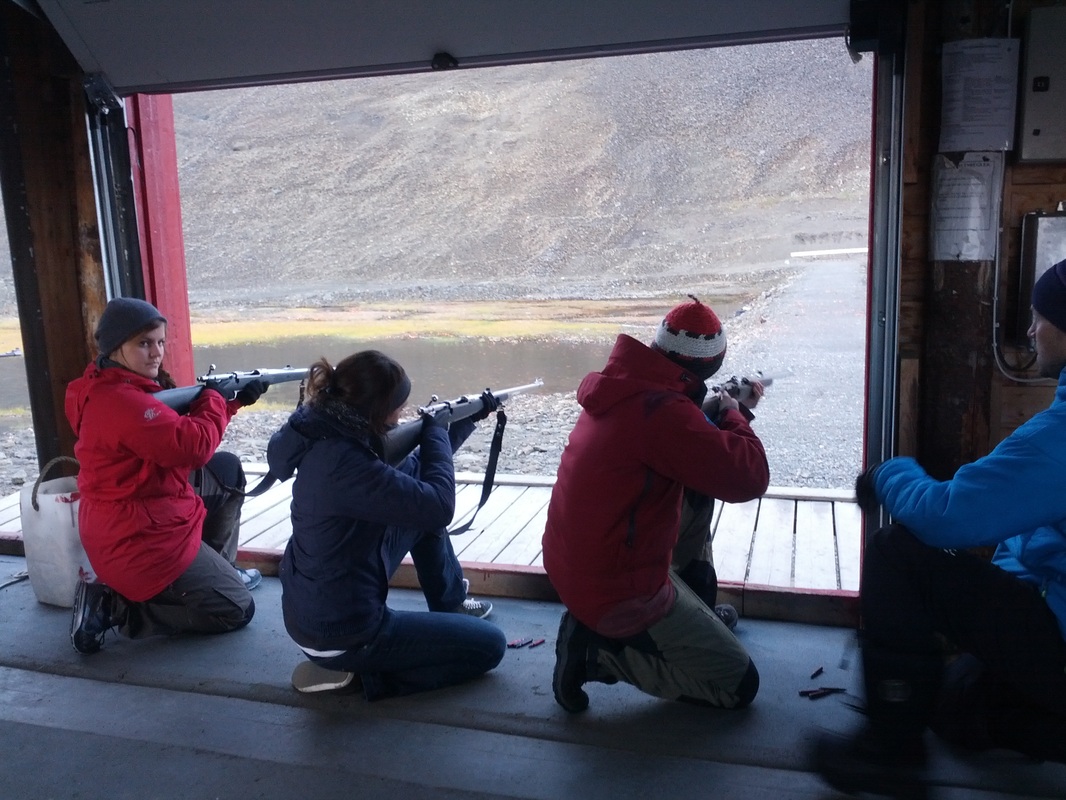
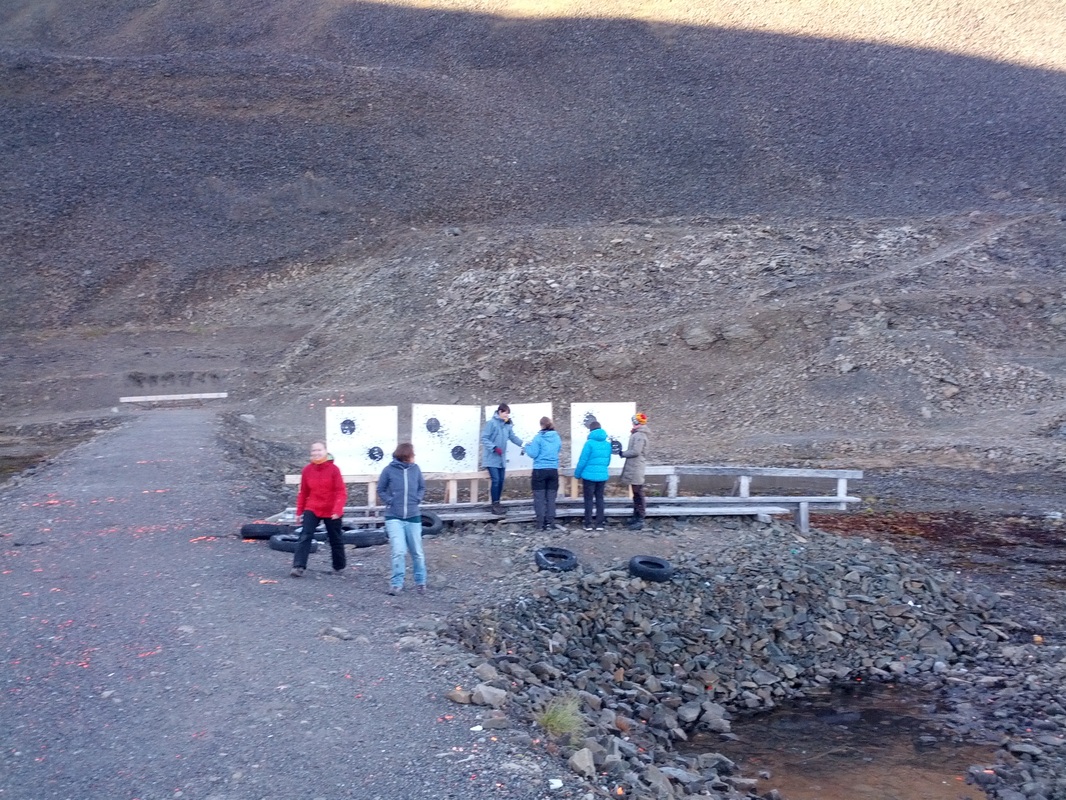
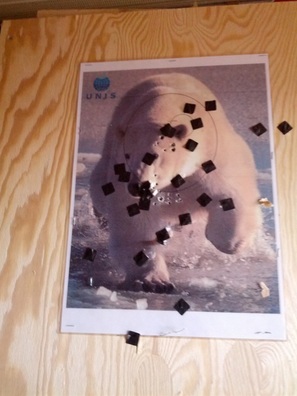
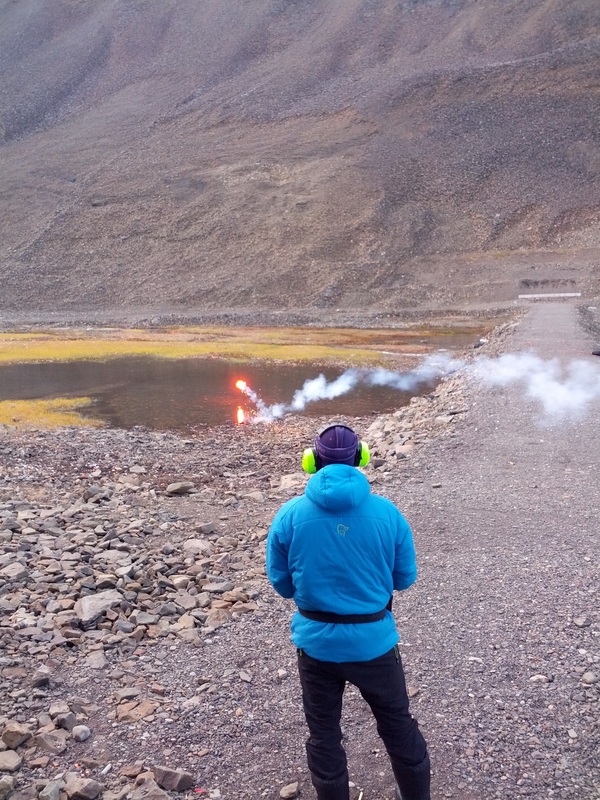
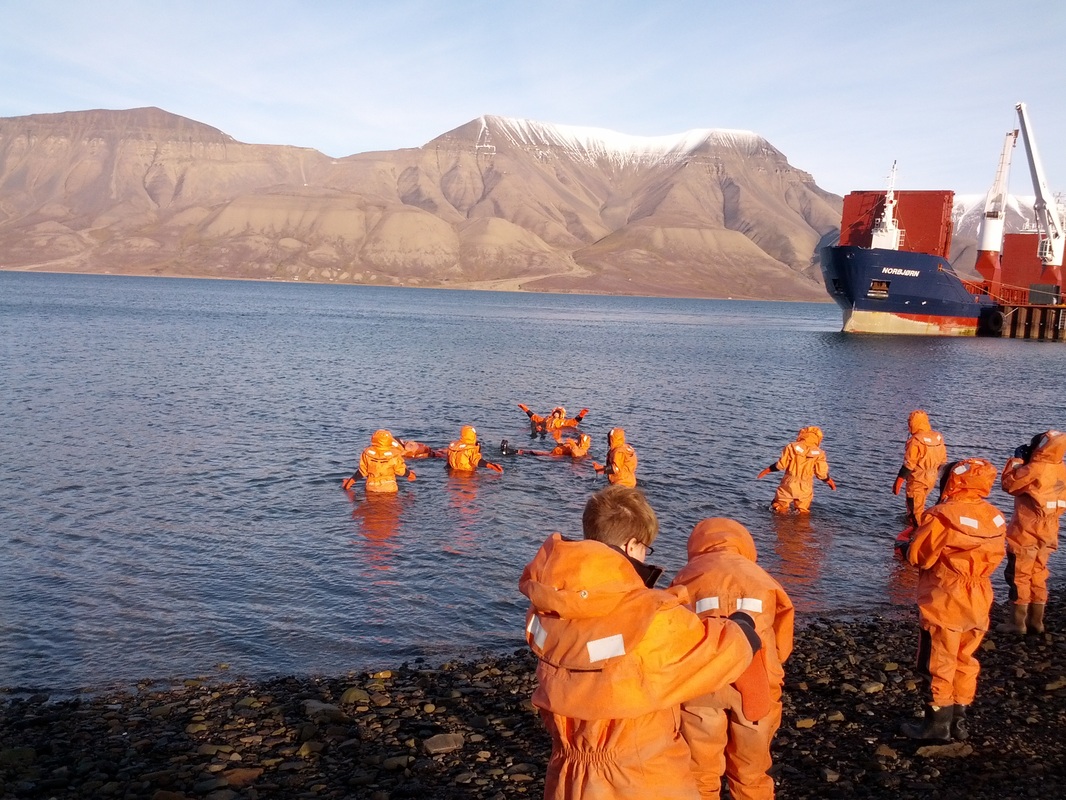
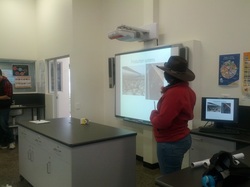
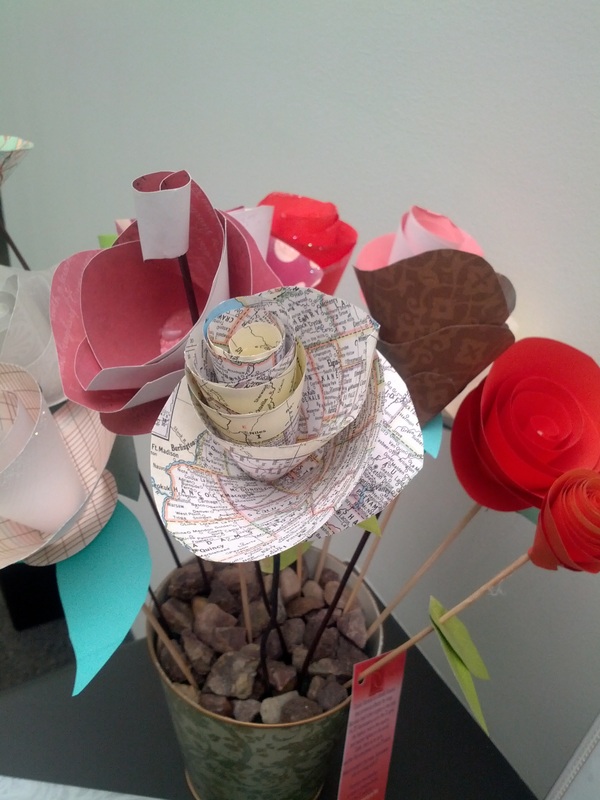
 RSS Feed
RSS Feed
